AO Edited
Gastro Obscura
Chikaramochiya
Open since 1690, this former teahouse makes “strength mochi” based on the centuries-old recipe.
Chikaramochi is an umbrella term for any traditional mochi, or rice cake, that is believed to grant strength (chikara) to whoever eats it. While it’s quite common across Japan, it lacks a definitive definition. In the city of Kamakura, for example, it refers to freshly pounded rice cake covered in sweet red bean paste, its “strength” attributed to the local folk hero Kamakura “Gongorō” Kagemasa.
Born circa 1069, about a century before Kamakura rose to its full power, Gongorō was a stalwart samurai who fought in the Gosannen War on the side of the Kawachi-Genji clan in his youth. Legend has it that he was shot in his right eye in the battle but, undaunted, immediately fired back at the archer. He was later deified at Goryo Shrine, also known as Kamakura-Gongorō Shrine, known to grant victory and success to its worshippers.
Founded in the Genroku era (1688-1703) on the street leading to Goryo Shrine, the Chikaramochiya is the oldest surviving shop in the city, known for its delicious rice cakes and other traditional Japanese sweets. Its Gongorō-chikaramochi continues to be made according to the recipe from the times of its establishment, but as it contains no additive and expires within the day, there is also an option made in gyūhi, a softer variety of mochi, which lasts for up to three days. From February to April, it is also made as kusa-mochi, flavored with mugwort.
The establishment is also known for its fukumen-manjū, or “lucky face dumpling,” a small Castella-style cake with red bean paste inside, whimsically shaped after the ritual masks used in the Haramitto Procession, a unique annual festival held at Goryo Shrine.
Know Before You Go
The famous Gongorō-chikaramochi is available in a box of either ten (750 yen) or sixteen (1,300 yen), not sold separately.
Also available here – and advertised on the big wooden sign above the shop’s entrance – is the meoto-manjū (“married couple dumpling”), a steamed dumpling with red bean paste inside. This local specialty can be found in several shops in the area, most notably at the Ebisu-ya where it originates.
Plan Your Trip
The Atlas Obscura Podcast is Back!



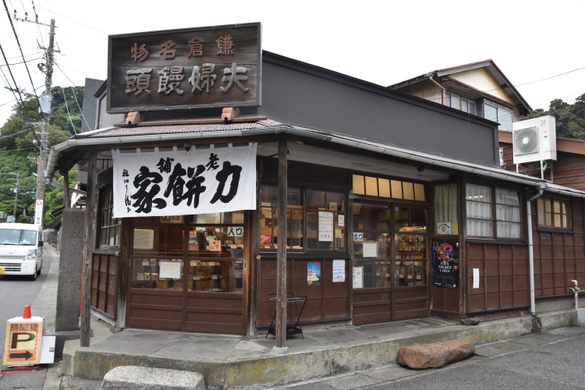
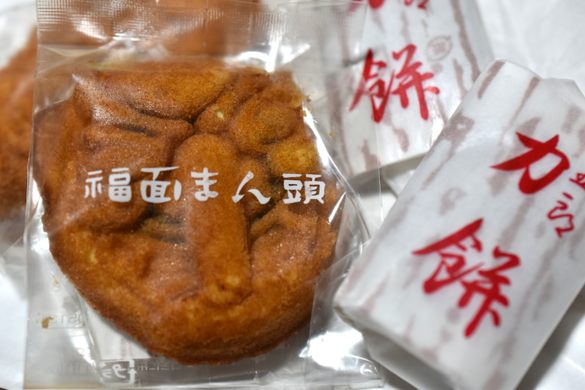
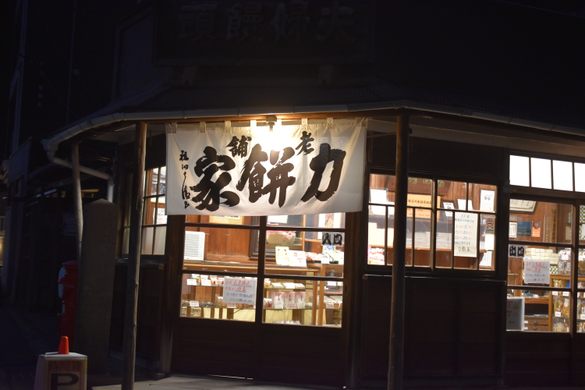
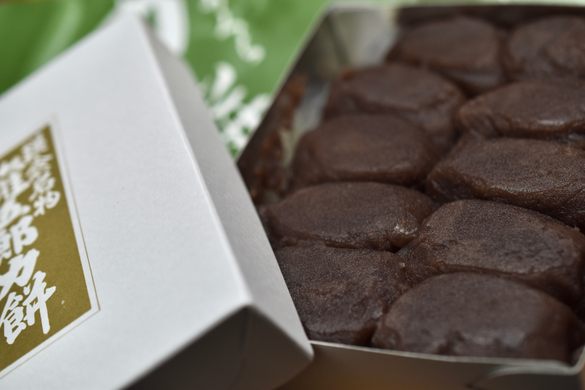

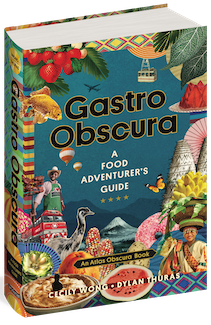

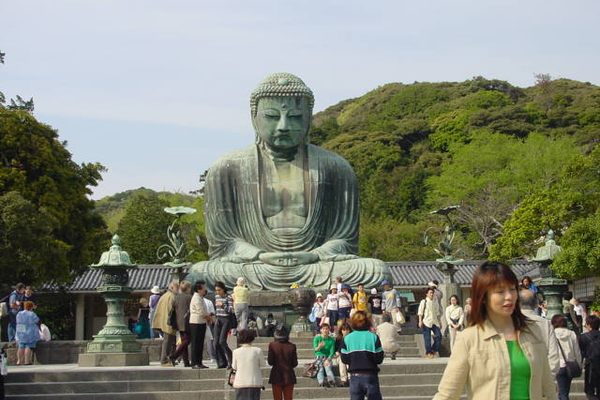
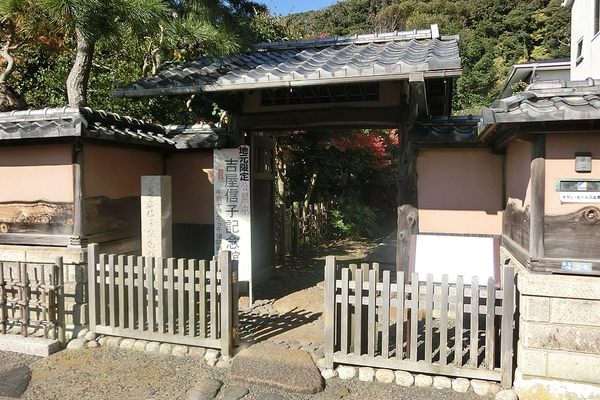
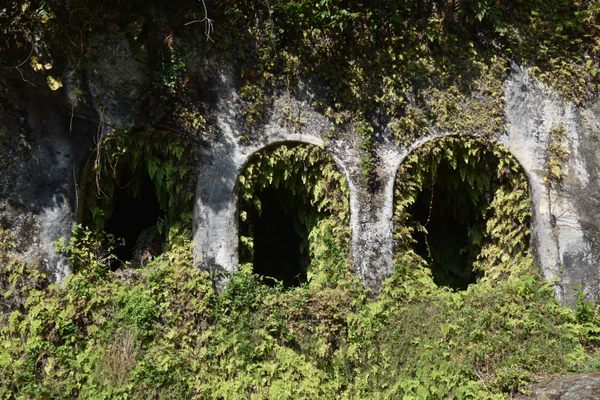







Follow us on Twitter to get the latest on the world's hidden wonders.
Like us on Facebook to get the latest on the world's hidden wonders.
Follow us on Twitter Like us on Facebook